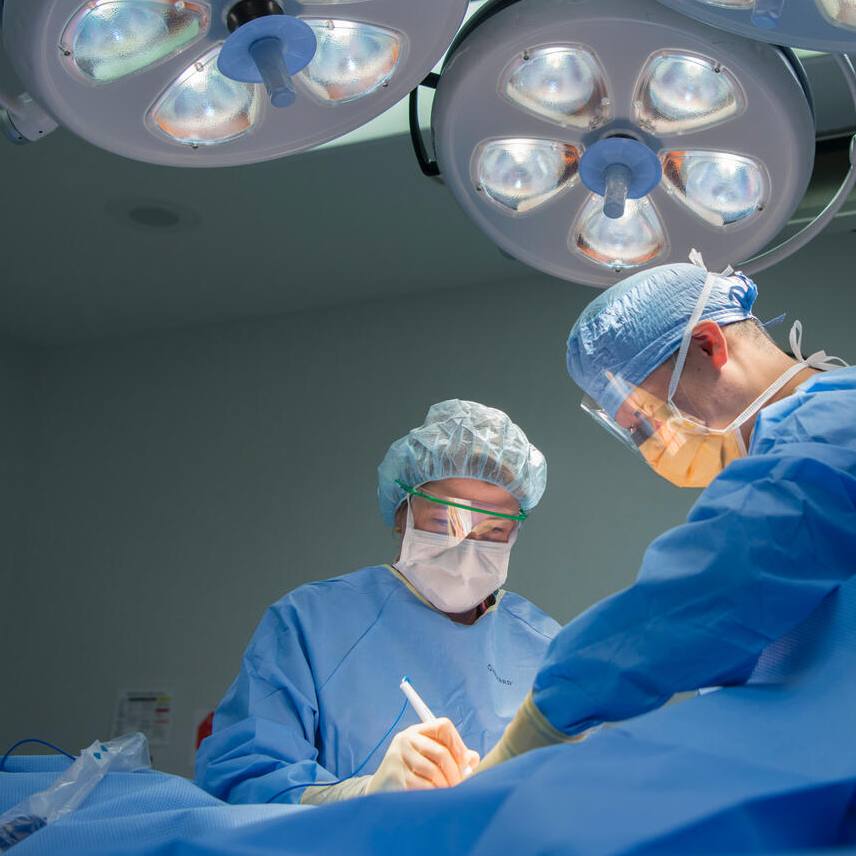
DEAR MAYO CLINIC: My 70-year-old father-in-law smoked for more than 30 years. I read that men who used to smoke should be screened for an abdominal aortic aneurysm. What does this screening involve? What would be done if he is found to have an aneurysm?
ANSWER: A number of factors can raise the risk of developing an abdominal aortic aneurysm. One of the most significant is tobacco use. In addition to the direct damaging effects that smoking has on arteries, smoking contributes to the buildup of fatty plaques in the arteries, and high blood pressure. Smoking also can cause an aneurysm to grow faster by damaging the wall of the aorta.
Other risk factors include a family history of abdominal aortic aneurysm; being male; and having atherosclerosis, which is a condition where fat and other substances build up in the lining of your blood vessels. The risk of an abdominal aortic aneurysm also goes up with age.
Because of his history of smoking and his age, you are correct that your father-in-law should be screened for an abdominal aortic aneurysm.
The screening that is recommended typically includes a physical exam and an ultrasound of the abdomen. Other imaging tests may be needed in some cases, too. If an abdominal aortic aneurysm is found, treatment depends on the size of the aneurysm, its rate of growth, and whether it is causing any symptoms.
The aorta is a large blood vessel about the size of a garden hose that runs from your heart through the center of your chest and abdomen. Two types of aortic aneurysms can occur in the wall of the vessel. An abdominal aortic aneurysm is a bulge in the aorta just above the area of your belly button that forms due to weakness in the blood vessel's wall. A thoracic aneurysm also can occur along the part of the vessel that passes through the chest cavity. The greatest risk of such an aneurysm is that it may rupture. Because it provides the body with much of its blood supply, a rupture in the abdominal aorta can lead to life-threatening internal bleeding.
Based on the various risk factors, many health care organizations, including Mayo Clinic, recommend that men 65–75 who are or were smokers get screened for an abdominal aortic aneurysm. Men and women who have a family history of the disease may need to begin screening earlier. Some organizations recommend that screening begin at 55. Currently, the data to screen women with a previous smoking history is inconclusive in terms of screening for an abdominal aortic aneurysm.
Most abdominal aortic aneurysms can be detected through a physical exam combined with an imaging test, such as an abdominal ultrasound. Screening is important because in most cases aneurysms grow slowly and do not cause any noticeable signs or symptoms until they rupture. Though rare, an abdominal aortic aneurysm that has not ruptured may trigger persistent back pain; deep, constant abdominal pain; or a pulsating feeling near the belly button.
Symptoms of a ruptured abdominal aortic aneurysm include sudden back pain, abdominal pain or fainting. If your father-in-law experiences any of these symptoms, it is critical that he receives emergency medical care right away.
If an aneurysm is found on a screening exam, surgery to repair the aneurysm typically is recommended if the aneurysm is 5.5 centimeters in size or larger, if it is growing rapidly, or if it causes pain or shows evidence of forming blood clots. If an aneurysm is small, slow-growing and not causing any bothersome symptoms, a health care professional may recommend monitoring it regularly without immediate treatment.
Although having an abdominal aortic aneurysm is a potentially serious health condition, the outlook is good when these aneurysms are identified early. Even large aneurysms often can be successfully repaired. Encourage your father-in-law to schedule an appointment with his primary health care provider or a vascular specialist to be screened for an abdominal aortic aneurysm. — Dr. Young Erben, Vascular Surgery, Mayo Clinic, Jacksonville, Florida







